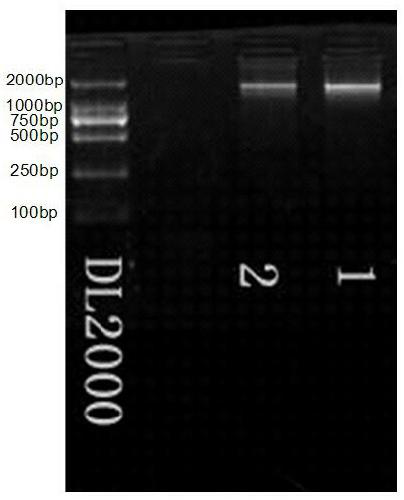A kind of bacteria degrading dicoumaric acid glucoside and its breeding method and application
A technology of glucoside and dicoumaric acid, which is applied in the field of bacteria, can solve problems such as recovery difficulties, and achieve the effects of simple method, beneficial ecological recovery, and huge economic benefits
- Summary
- Abstract
- Description
- Claims
- Application Information
AI Technical Summary
Problems solved by technology
Method used
Image
Examples
experiment example
[0131] Alleviating effect of Bacillus thuringiensis on p-dicoumarin glucoside:
[0132] In 2012, the seeds of three different plants were treated with dicoumaric acid glucoside at a concentration of 0.03mmol / L, and germination experiments were carried out. The control was performed without adding Bacillus thuringiensis, and the treatment was compared with adding Bacillus thuringiensis. In experiments, it was found that the addition of Bacillus thuringiensis can greatly alleviate the inhibitory effect of dicoumaric acid glucoside on plant seed germination and seedling growth. See Table 1 for specific results.
[0133] Table 1 Relief effect of Bacillus thuringiensis on dicoumaric acid glucoside (" / ", no obvious effect)
[0134]
[0135]
PUM
| Property | Measurement | Unit |
|---|---|---|
| molecular weight | aaaaa | aaaaa |
Abstract
Description
Claims
Application Information
 Login to View More
Login to View More - R&D
- Intellectual Property
- Life Sciences
- Materials
- Tech Scout
- Unparalleled Data Quality
- Higher Quality Content
- 60% Fewer Hallucinations
Browse by: Latest US Patents, China's latest patents, Technical Efficacy Thesaurus, Application Domain, Technology Topic, Popular Technical Reports.
© 2025 PatSnap. All rights reserved.Legal|Privacy policy|Modern Slavery Act Transparency Statement|Sitemap|About US| Contact US: help@patsnap.com



